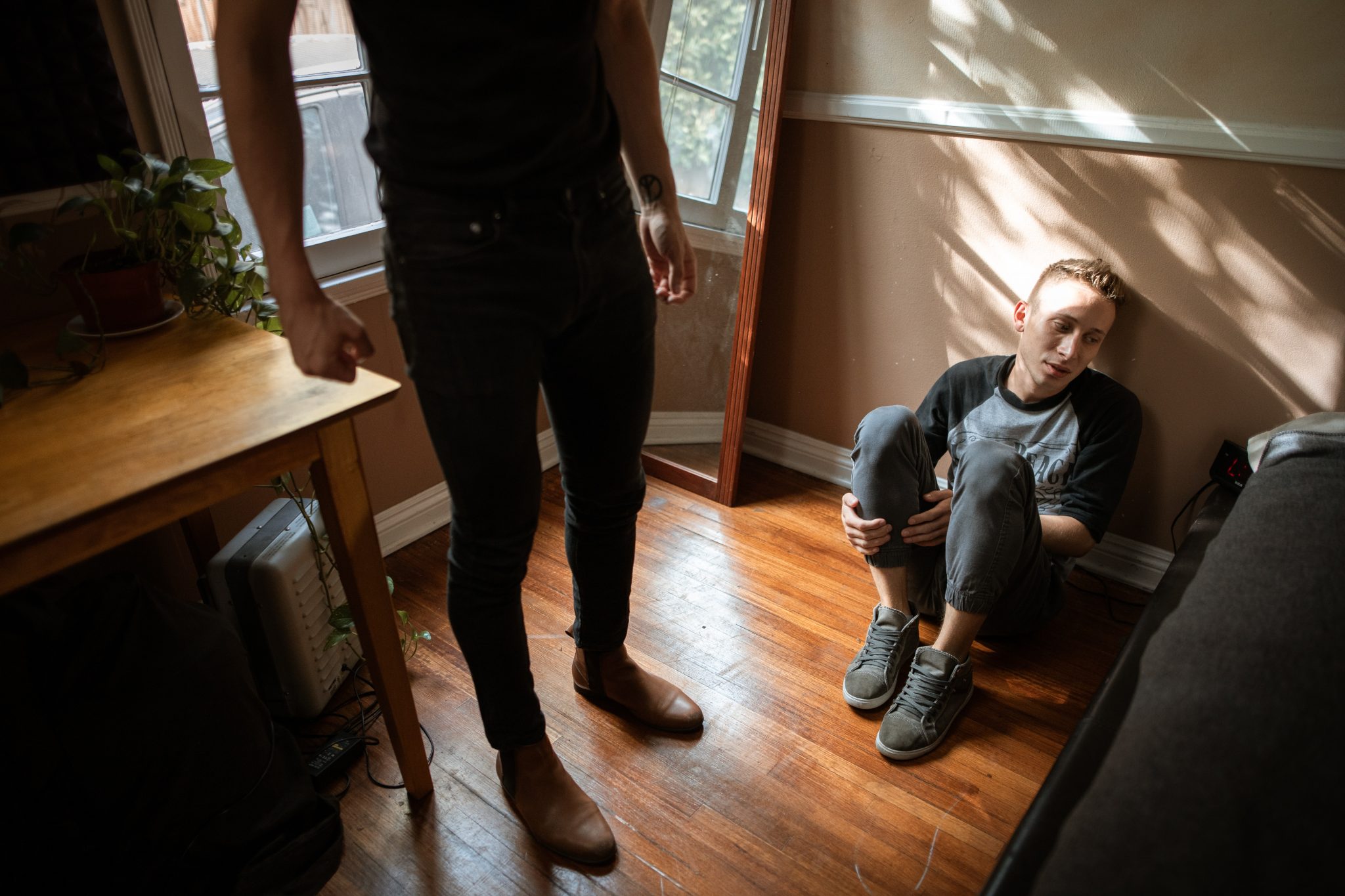Debunking Domestic Violence Myths

There are many popular misconceptions about domestic violence. Domestic violence can happen to anyone of any gender, race, or socioeconomic status. Estimates say 1 in 3 women and 1 in 7 men will experience domestic violence in their lifetime. Millions of people experience domestic violence every year in the United States. Family violence is happening in more homes than you think. If it’s not happening in your home, statistically, it’s happening in at least one of the houses you can see from your front door. People you know could be victims or survivors, as shame and stigma prevents many from talking about the abuse. We’ve served men in their 50s who are struggling with childhood trauma, seniors who are being abused by their caregivers, children who have witnessed violence, doctors, lawyers, public officials, people experiencing homelessness, and everyone in between.
Here are eight myths about domestic violence.
Domestic violence is isolated, rare, and doesn’t happen in our community.
Abuse can and does happen in our community. Every 15 minutes, someone in Oklahoma City calls 911 for a domestic incident. That’s 1 in 6 OKC households.
Domestic violence only happens to people in poverty or minorities.
Abuse happens in relationships regardless of age, gender, race, sexual orientation, economic background, or education level.
Victims “ask” for abuse, enjoy the attention, or are “always a victim.”
Every person has a right to have disagreements in a relationship without the risk of abuse. Victims want the abuse to end, but may stay to appease their abuser or struggle to access resources to leave.
Victims of domestic violence never leave their abusers.
Most victims want to leave their abuser and try several times. Because abusers use violence, financial control, or threats to hurt the children, it can take 7 to 11 attempts before victims succeed.
Abusers are angry monsters all the time. They cannot manage or control their anger.
Abusers often have a Jekyll/Hyde personality. They can be kind to others but lash out at their partners in private. They often alternate with their partner, causing confusion and mixed feelings in the victim.
Alcohol or substance abuse is the cause of most domestic violence.
Alcohol and substance abuse can exacerbate violence, but they are not the root cause. Violence is always a conscious decision made by the abuser, even if the abuser blames it on substance abuse.
Children aren’t aware of the violence at home and are not at risk for being injured by the abuser.
Children from infancy to adolescence are aware of violence toward their caregiver. Children can be injured during a domestic assault. Domestic violence is the number one predictor for child abuse.
Men can’t be victims.
Research shows that women are victims in 95% of domestic violence cases. However, men can be and sometimes are victims.


